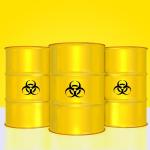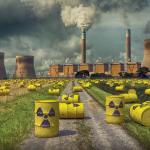As a consultant, I oversaw the generation of tens of thousands of cubic feet of additional radioactive waste in a few environmental remediation projects.
nuclear waste
Let’s start with tritium and its source
Let's pretend that you are faced with a life-threatening cancer, and your doctors tell you that chemotherapy is the only realistic solution available. Would you take it? Most rational people would say yes.
The anti-nuclear crowd uses an assortment of scares to turn public opinion against the use of nuclear power, one of them being the risk of an accident when spent nuclear fuel is transported to where it is to be disposed of.
Last month, I wrote an op-ed for USA Today about Yucca Mountain.







